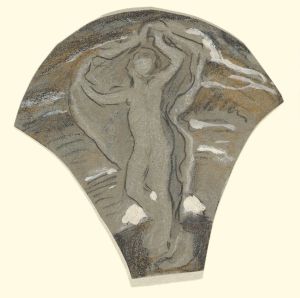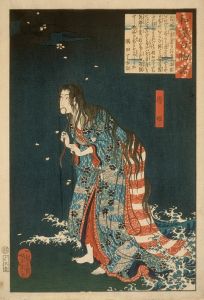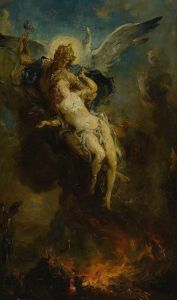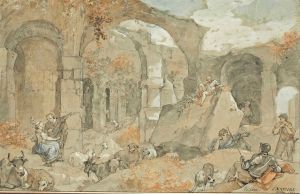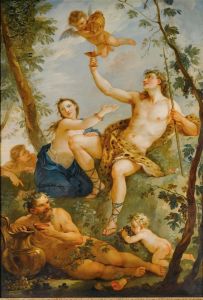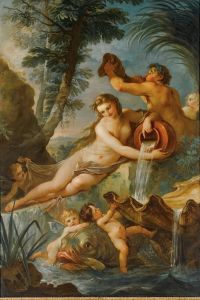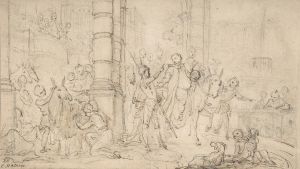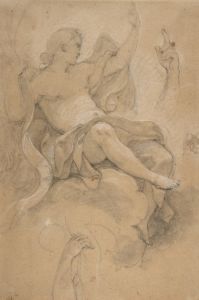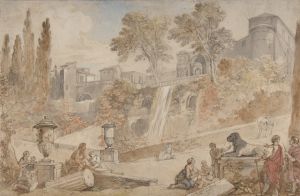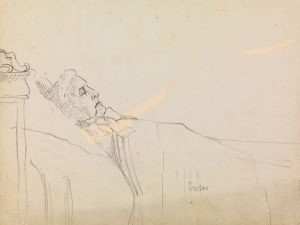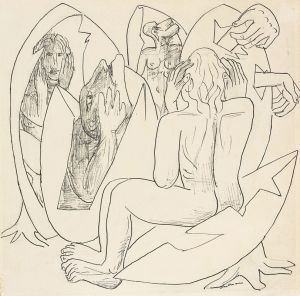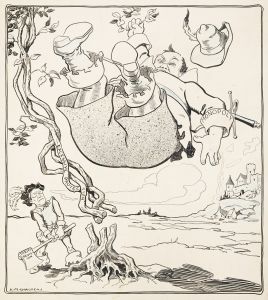
Psyche Obtaining the Elixir of Beauty from Proserpine
A hand-painted replica of Charles-Joseph Natoire’s masterpiece Psyche Obtaining the Elixir of Beauty from Proserpine, meticulously crafted by professional artists to capture the true essence of the original. Each piece is created with museum-quality canvas and rare mineral pigments, carefully painted by experienced artists with delicate brushstrokes and rich, layered colors to perfectly recreate the texture of the original artwork. Unlike machine-printed reproductions, this hand-painted version brings the painting to life, infused with the artist’s emotions and skill in every stroke. Whether for personal collection or home decoration, it instantly elevates the artistic atmosphere of any space.
Charles-Joseph Natoire was an 18th-century French painter known for his Rococo style, which was characterized by its ornate detail, lightness, and elegance. One of his notable works is "Psyche Obtaining the Elixir of Beauty from Proserpine." This painting is part of a series that illustrates the story of Psyche, a mortal woman whose beauty rivaled that of Venus, the goddess of love, and who underwent a series of trials to be reunited with her lover, Cupid.
The painting depicts a specific moment from the myth of Cupid and Psyche, a story that originates from "The Golden Ass" by the Roman author Apuleius. In this tale, Psyche is tasked with retrieving a box of beauty ointment from Proserpine, the queen of the underworld, as one of the impossible tasks set by Venus. Natoire captures the moment Psyche receives the elixir from Proserpine, showcasing his skill in rendering mythological themes with grace and sophistication.
Natoire's work is characterized by its delicate use of color and light, which is evident in this painting. The composition likely features Psyche in a moment of humility and reverence, as she interacts with the regal figure of Proserpine. The figures are typically rendered with soft, flowing lines and a sense of movement that is emblematic of the Rococo style. The background would be expected to include elements that suggest the underworld setting, possibly with dark, muted tones contrasting with the ethereal glow surrounding Psyche.
The painting reflects the Rococo fascination with classical mythology and the human form, as well as the period's interest in themes of love, beauty, and transformation. Natoire, like many artists of his time, was influenced by the works of earlier masters and the prevailing artistic trends in France. His education at the Royal Academy of Painting and Sculpture in Paris and his subsequent work in Rome as the director of the French Academy in Rome contributed to his development as a leading Rococo artist.
"Psyche Obtaining the Elixir of Beauty from Proserpine" is part of a larger narrative cycle that Natoire created, which would have been intended for a private patron or as part of a decorative scheme in a grand interior. Such works were popular among the aristocracy, who appreciated the combination of mythological storytelling and the refined aesthetic of the Rococo style.
Natoire's contribution to the arts extends beyond his paintings; he was also involved in tapestry design and other decorative arts, which were highly valued in 18th-century France. His work remains an important example of the Rococo movement, illustrating the era's artistic priorities and the enduring appeal of classical mythology.
Overall, Charles-Joseph Natoire's "Psyche Obtaining the Elixir of Beauty from Proserpine" is a testament to the artist's skill in combining narrative depth with visual elegance, capturing a timeless mythological moment with the distinctive charm of the Rococo period.





